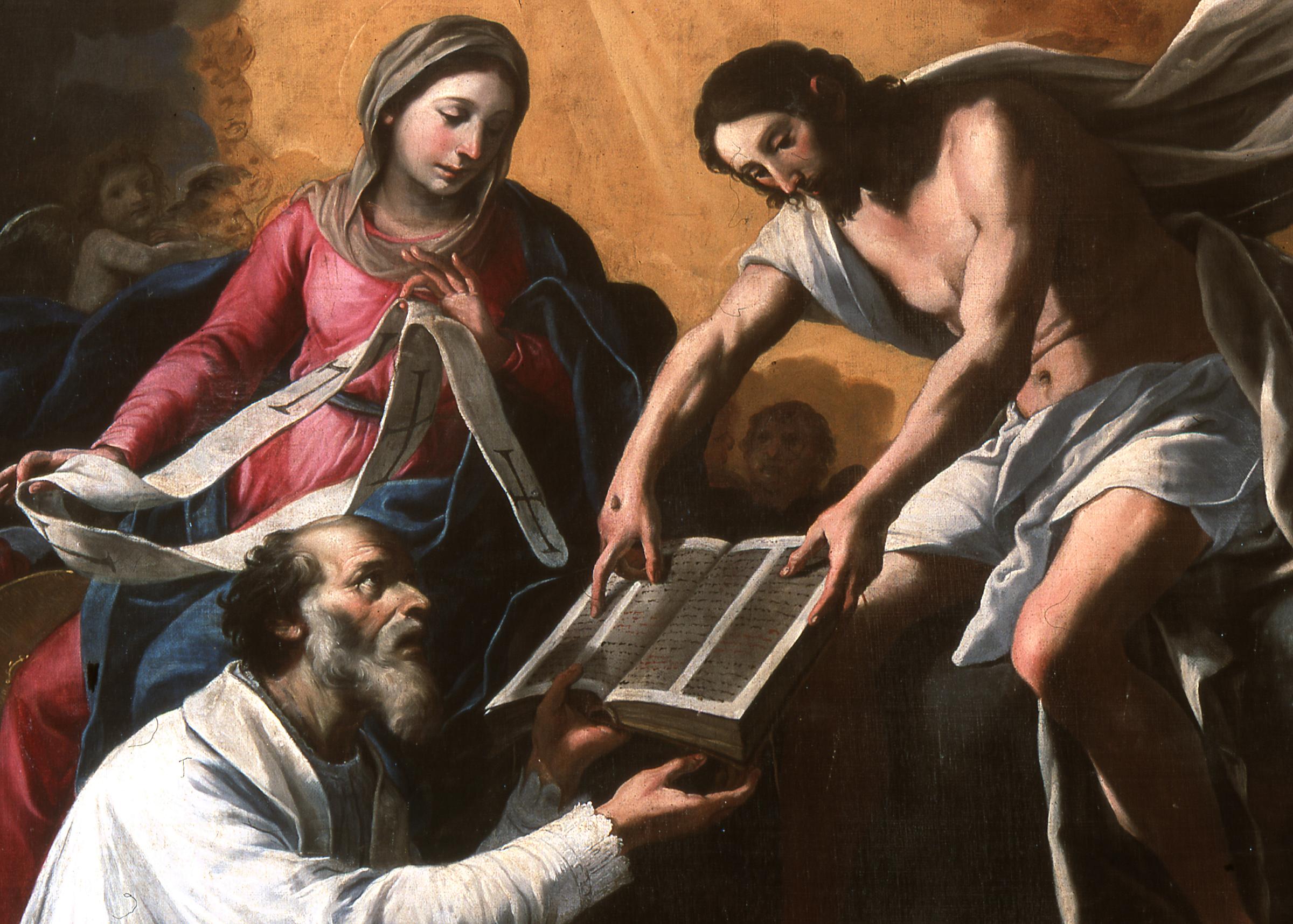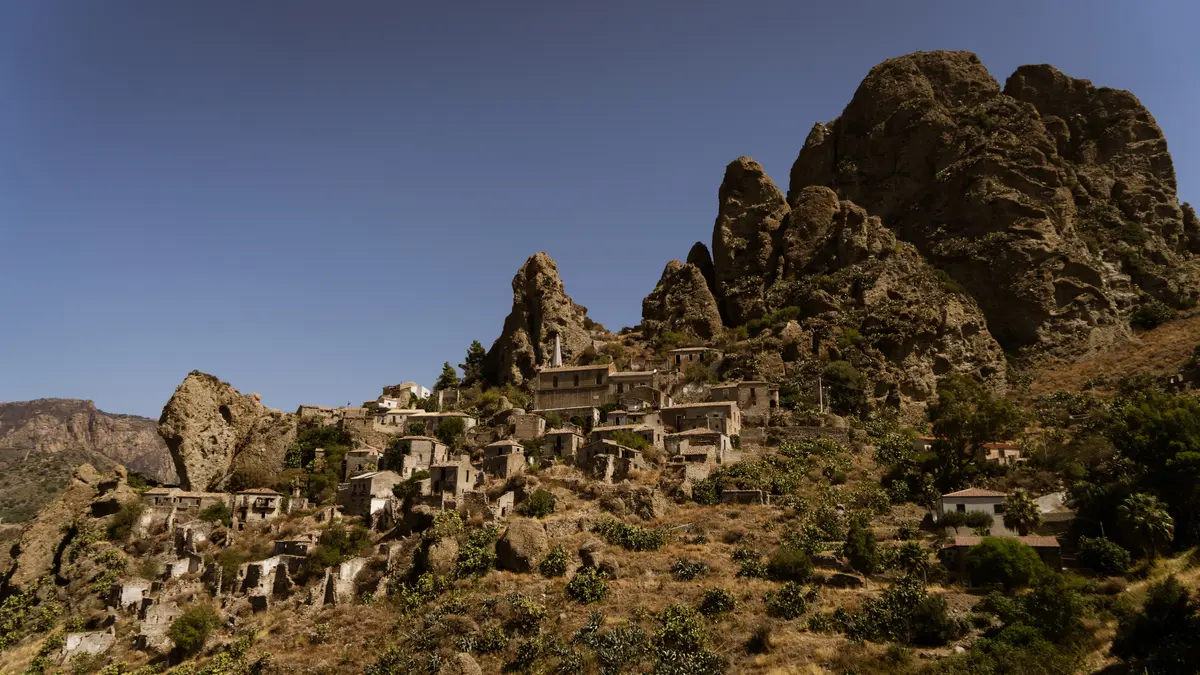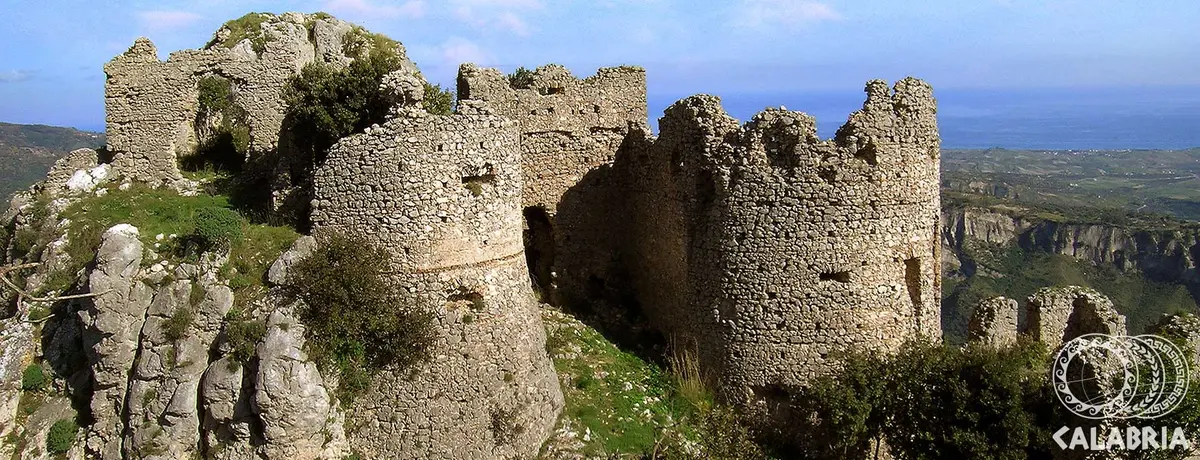Tour of the Orange Flag Villages in Calabria
Dream villages in Calabria: tradition and timeless beauty

Cultural historian
Gerace - Regione Calabria
Travel information
Category
Cultural historian
Target
For all
Would you like to get to know corners of authentic, hospitable Calabria, rich in history and culture? Look for the villages awarded the Orange Flag by the Italian Touring Club. This is a recognition of tourist-environmental quality awarded to those small inland towns that guarantee tourist hospitality, sustainability and care for their artistic and cultural heritage.
The Orange Flag Villages in Calabria
In Calabria, we have no less than six municipalities that have earned the prestigious mark, demonstrating excellence. They are Oriolo, Morano Calabro and Civita in the province of Cosenza, Taverna in the province of Catanzaro, Gerace and Bova in the province of Reggio Calabria and are certainly among The Most Beautiful Villages in Italy. Ready to discover them?

Oriolo
An ancient castle, surrounding walls, a refined village set in the green of the Pollino National Park: Oriolo is a precious village, rich in history, culture and traditions.
If you decide to visit it, you will immediately be charmed by the atmosphere that surrounds it. Merit also goes to the majestic Norman-Aragonese manor that sits atop the historic centre. Erected by the Sanseverino family, it has preserved its original structure intact, with the two watchtowers and the donjon around which the entire building is built.
Have you always dreamed of visiting a castle? In Oriolo you can do so. Enter the Banquet Hall, the Audience Hall, the Hall of Flags and the sumptuous Bedchamber of Margherita Pignone del Carretto, with its dome frescoed with a Triumph of Apollo. Enjoy the panorama and the fresh air here, where your gaze follows the profile of the hills gently sloping down to the sea.
It is time to go and discover the village, losing yourself in the cobbled streets that lead to small squares, noble palaces and churches. In addition to the Mother Church of San Giorgio (where the relics of St Francis of Paola and St George are kept), don't miss the Church of San Rocco and the Chapel of the Madonna delle Virtù.
If history is your passion, immerse yourself in the shelves of the Palazzo Tarsia-Toscano Library Centre, a centre of studies and precious sources on Oriolo and the whole of Calabria. Also worth a visit is the Diffuse Museum of Arts and Crafts, a cultural centre with six different sections and locations. Before leaving, don't forget to stock up on two products with the De.Co. (Municipal Denomination of Origin) mark, Taralli al Finocchietto and Extra Virgin Olive Oil.

Morano Calabro
You only have to look at it from afar to understand why they call it ‘’the crib town‘’. Morano Calabro is perched on a hillside, framed by the Pollino mountains and coloured by an expanse of roofs on which polychrome majolica tiles stand out, which speak volumes about the encounter between peoples and cultures of the Mediterranean.
This small town in the hinterland of the upper Ionian Cosentino will amaze you with its historical, cultural, gastronomic and scenic heritage. You can breathe in a fairytale atmosphere, enhanced by the presence of the Norman-Swabian Castle with its aerial windows overlooking the sky. The heart of the town is a maze of narrow streets partly carved into the rock. An itinerary of churches and historical buildings awaits you.
Your holiday from here can take several directions: trekking, cycling, hiking, walking in the Pollino National Park. From June to August, a fragrant expanse of purple flowers will welcome you in the Lavender Park.
A curiosity: even the great Dutch engraver Maurits Escher, famous for his stairs that seem to go down and up at the same time, was fascinated by this place during his stay in Calabria and decided to immortalise its beauty.

Civita
Located in the heart of the Pollino National Park, in this village you can learn about the fascinating Arbëreshë (Albanian) culture and enjoy breathtakingly beautiful views.
In the historic centre of Civita you will discover the Kodra Houses, characteristic dwellings in which the windows and doors draw real faces that you will enjoy identifying. Everything here speaks of an ancient yet still living and vital culture, the Arbëreshë culture. In the streets you will overhear conversations in Albanian, a treasured language that children learn from an early age.
In the Arbëreshë Ethnic Museum, you can learn more about the history, traditions and customs of this community that settled in Italy to escape the Ottoman invasion. The religious and cultural soul of Arbëreshë can be found in the sacred places, especially in the Byzantine church of Santa Maria Assunta.
To combine nature and fun, don't miss the rafting adventure in the Raganello Gorge and don't forget to walk the legendary Devil's Bridge suspended over the river, with a spectacular view of the canyon.
The Pollino Park offers tourists several options, from trekking along the equipped trails to birdwatching, as the Raganello valley is perfect for observing birds of prey and other avian species in their natural environment. History, nature, fun and of course great food with zero-kilometre ingredients, such as Dromësat, a type of homemade pasta served with sauce or salted ricotta cheese, goat stew cooked slowly with local herbs and finally kanojët, sweets filled with nuts and honey.

Taverna
This small town in the Sila area was the birthplace in 1613 of Mattia Preti, one of the greatest painters of the 17th century (his works are exhibited in the Uffizi, the Hermitage in St. Petersburg, the Prado and the Getty in Los Angeles), and one of the major exponents of Caravaggism.
A strong and intense bond, the one between Preti and Taverna, that you can still perceive even today just walking through the streets of the town, where the ‘’Calabrian knight‘’, as he was nicknamed, took his first steps in the world of art. Everything in Taverna speaks of its most illustrious fellow citizen, who wanted to maintain a strong link with his homeland. Although he spent most of his life far from Calabria, in fact, he donated many paintings to the small town where he was born, turning it into a treasure trove of precious works of art.
Not to be missed is a visit to the Municipal Museum, where canvases by Mattia and his brother Gregorio can be admired. In the monumental Church of San Domenico, annexed to the Dominican convent, there are precious works on display including, The Preaching of St. John the Baptist, God the Blessing Father, The Miracle of St. Francis of Paola. Finally, there are other wonderful paintings in the Church of Santa Barbara.
Taverna is therefore a village of art, where you can visit the open-air Museum of Contemporary Art or stroll along the ‘streets of poetry’, with verses engraved on terracotta tiles. Art but not only, because the village is immersed in a spectacular natural setting. You can also visit a thematic museum of biodiversity and then experience the rich gastronomy that draws on centuries-old traditions.
You can choose between trekking or guided walks to immerse yourself in the breathtaking views of the Calabrian mountains, but the area also offers ideal routes for bicycle lovers.

Gerace
Gerace is one of the Most Beautiful Villages in Italy and you only have to look around to feel catapulted into the past, because here the traces of history have kept their mysterious charm intact. It was also known as ‘the holy city’ because of the number of churches, 128 of which were destroyed by earthquakes over the centuries.
It has a mediaeval urban layout: the Castle, the Cathedral, elegant portals and ring walls, interspersed with twelve gates. The remains of the Norman-era castle, now destroyed by devastating earthquakes over the centuries, are still visible.
What will certainly amaze you is the majestic Cathedral of the Assumption: measuring almost two thousand square metres, the most representative monument of Byzantine-Romanesque-Norman architecture in Calabria, it stands on an ancient Byzantine crypt. The structure has three naves; upon entering, one is struck by the marble columns and Ionic-style capitals from various temples of Magna Graecia.
As you stroll through the cobbled streets of the village, you can choose to visit the other numerous churches (the square known as ‘’of the three churches‘’ includes those of the Sacred Heart of Jesus, St Francis of Assisi and St John Chrysostom or San Giovannello) while enchanting views open up before you.
The Sun Gate, one of the town's ancient city gates, overlooks the valley and the Ionian Sea. Noble palaces, the potters' workshops dug into the rock in which craftsmen still work the clay: walking through the historic centre means getting lost following the traces of a past that in Gerace is made up of precious overlaps.
Can you smell it? You cannot miss the discovery of the unique flavours of this territory, starting with the fortified Greek wine that the ancients enjoyed with honey and the inevitable hand-spun pasta with ‘’mbuttunate‘’ aubergines or curcudia, the typical Aspromonte polenta.

Bova
Bova is one of The Most Beautiful Villages in Italy and the capital of Greek culture in Calabria. Situated in the heart of the Aspromonte National Park, it is a town rich in history, traditions and breathtaking views because this ancient town with a Greek soul dominates a spectacular panorama of slopes, valleys and torrents.
Visiting the ancient heart of the town, with a stop at the Cathedral and a tour of the churches, you will feel as if you are in a place out of time, with old people speaking an archaic language to each other. To better understand the history of this idiom, you can visit the Museum of the Greek-Calabrian Language, dedicated to Gerhard Rohlfs, the German glottologist who first traced the linguistic history of the Greeks of Calabria during the 20th century.
In the museum, you can live through an immersive experience of the various stages in the history of the Grecanico language. You will be fascinated by the variety of craft traditions: hand-woven inlays of wood, wool and broom and then - of course - get ready to discover the typical flavours of Aspromonte. You will taste a unique cheese called musulupu, goat meat and sweets such as pretali, ‘nghute and scaddateddhe.



